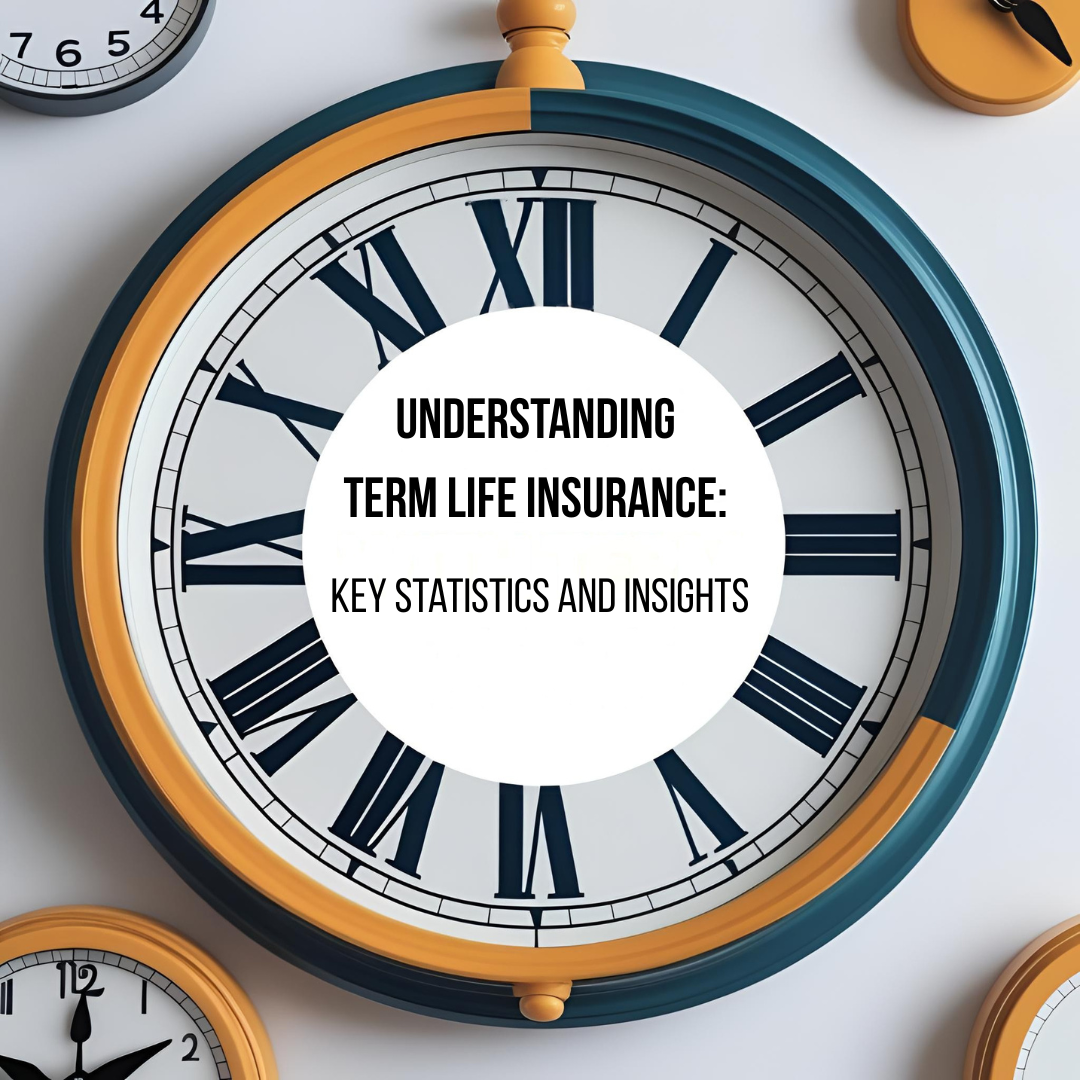Life insurance is an essential financial tool that provides security and peace of mind for individuals and families. It serves as a safety net, ensuring that loved ones are financially protected in the event of an unexpected loss. As life circumstances change, such as marriage, parenthood, or career shifts. The need for life insurance can become increasingly relevant. Understanding who buys life insurance can help consumers make informed decisions about their own coverage needs, allowing them to choose policies that best fit their unique situations.
Let’s delve into the demographics of life insurance buyers, exploring how age, gender, income, and family status influence purchasing decisions. Additionally, we will examine the motivations behind these purchases, such as the desire for financial security and legacy planning. By analyzing current trends in the life insurance market, we aim to provide valuable insights that empower consumers to take control of their financial futures. Whether you are a young adult just starting your career or a parent looking to secure your family’s financial well-being, understanding the landscape of life insurance can help you make choices that align with your goals and values.

Key Demographics of Life Insurance Buyers
- Age Groups:
- Young Adults (Ages 18-34): This demographic is increasingly recognizing the importance of life insurance, especially as they start families or take on significant financial responsibilities like mortgages. Many young adults are motivated by the desire to protect their loved ones.
- Middle-Aged Adults (Ages 35-54): This group represents the largest segment of life insurance buyers. They often seek coverage to ensure their families are financially secure in the event of an unexpected loss. Business owner in this group seek coverage to protect their business interest.
- Seniors (Ages 55 and Older): While many in this age group may already have policies, they often look for additional coverage to address final expenses or to leave a financial legacy for their heirs.
- Gender:
- Historically, men have been more likely to purchase life insurance than women. However, as more women become primary earners, the gap is narrowing, and women are increasingly recognizing the importance of life insurance for their families. Also, since there has been a growing recognition of the immense contributions made by stay-at-home parents, particularly mothers, to their families. Many people are becoming increasingly aware that the roles of a stay-at-home mom extend far beyond traditional expectations. The financial value of her contributions—such as childcare, cooking, cleaning, and managing household affairs—can be substantial. In fact, studies have shown that the cost of hiring professionals for these services can add up to a significant amount, often equating to a full-time salary. This realization is prompting more families to consider life insurance as a vital part of their financial planning, ensuring that the value of a stay-at-home parent’s contributions is recognized and protected in the event of an unexpected loss. As a result, life insurance is becoming an essential consideration for families, regardless of the primary earner’s gender.
- Historically, men have been more likely to purchase life insurance than women. However, as more women become primary earners, the gap is narrowing, and women are increasingly recognizing the importance of life insurance for their families. Also, since there has been a growing recognition of the immense contributions made by stay-at-home parents, particularly mothers, to their families. Many people are becoming increasingly aware that the roles of a stay-at-home mom extend far beyond traditional expectations. The financial value of her contributions—such as childcare, cooking, cleaning, and managing household affairs—can be substantial. In fact, studies have shown that the cost of hiring professionals for these services can add up to a significant amount, often equating to a full-time salary. This realization is prompting more families to consider life insurance as a vital part of their financial planning, ensuring that the value of a stay-at-home parent’s contributions is recognized and protected in the event of an unexpected loss. As a result, life insurance is becoming an essential consideration for families, regardless of the primary earner’s gender.
- Income Levels:
- Individuals with higher incomes tend to buy more life insurance. They often have more assets to protect and seek to provide for their families’ future needs.
- Individuals with higher incomes tend to buy more life insurance. They often have more assets to protect and seek to provide for their families’ future needs.
- Marital Status:
- Married individuals are more likely to purchase life insurance compared to their single counterparts. This is often driven by the desire to protect their spouse and children from financial hardship.
- Married individuals are more likely to purchase life insurance compared to their single counterparts. This is often driven by the desire to protect their spouse and children from financial hardship.
- Parenthood:
- Parents are among the most significant buyers of life insurance. They typically seek policies to ensure their children’s financial security in the event of their untimely death.
Reasons for Purchasing Life Insurance
- Financial Security: The primary motivation for buying life insurance is to provide financial security for loved ones. This includes covering living expenses, debts, and future education costs.
- Peace of Mind: Knowing that their family will be taken care of financially can provide peace of mind to policyholders.
- Legacy Planning: Many individuals purchase life insurance to leave a financial legacy for their children or charitable organizations.
- Business Protection: For business owners, life insurance can protect their business interests and ensure continuity in case of their death.
Trends Influencing Life Insurance Purchases
- Increased Awareness: With the rise of financial literacy programs and online resources, more people are becoming aware of the importance of life insurance and its benefits.
- Financial Health Trends: As individuals increasingly prioritize their financial health, this focus is significantly shaping their approach to life insurance. Understanding the financial implications of life insurance is becoming essential for consumers who want to secure their family’s future while managing their overall financial well-being.
Conclusion
Understanding who buys life insurance the most is essential for consumers looking to secure their financial future. By recognizing the key demographics and motivations behind life insurance purchases, individuals can make informed decisions that best suit their needs and those of their families.





No responses yet